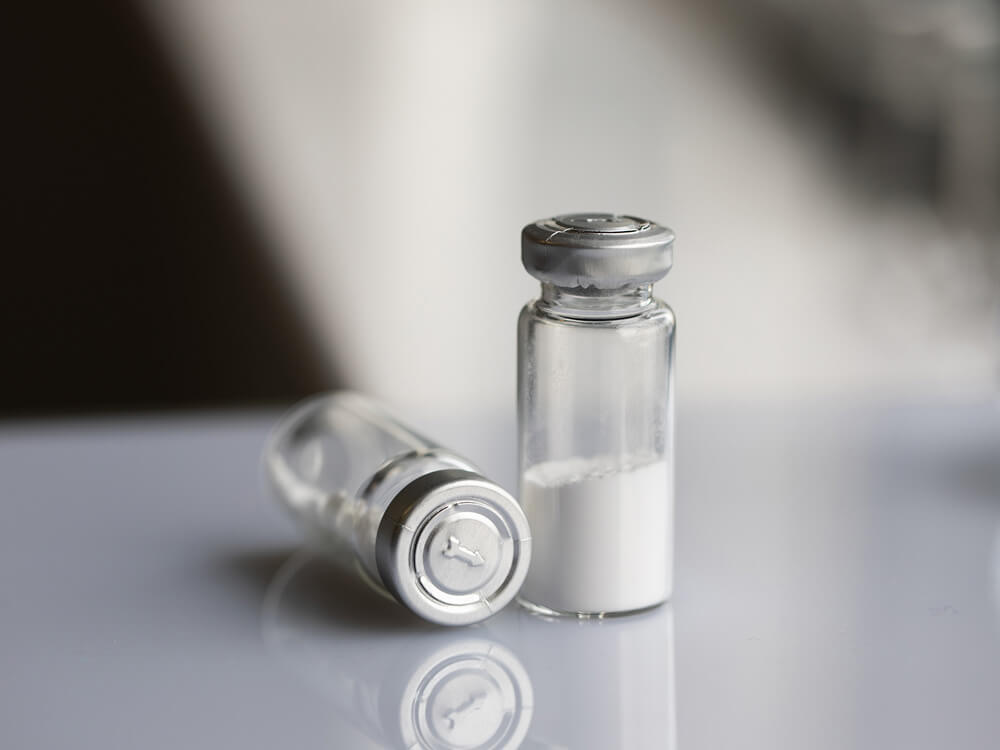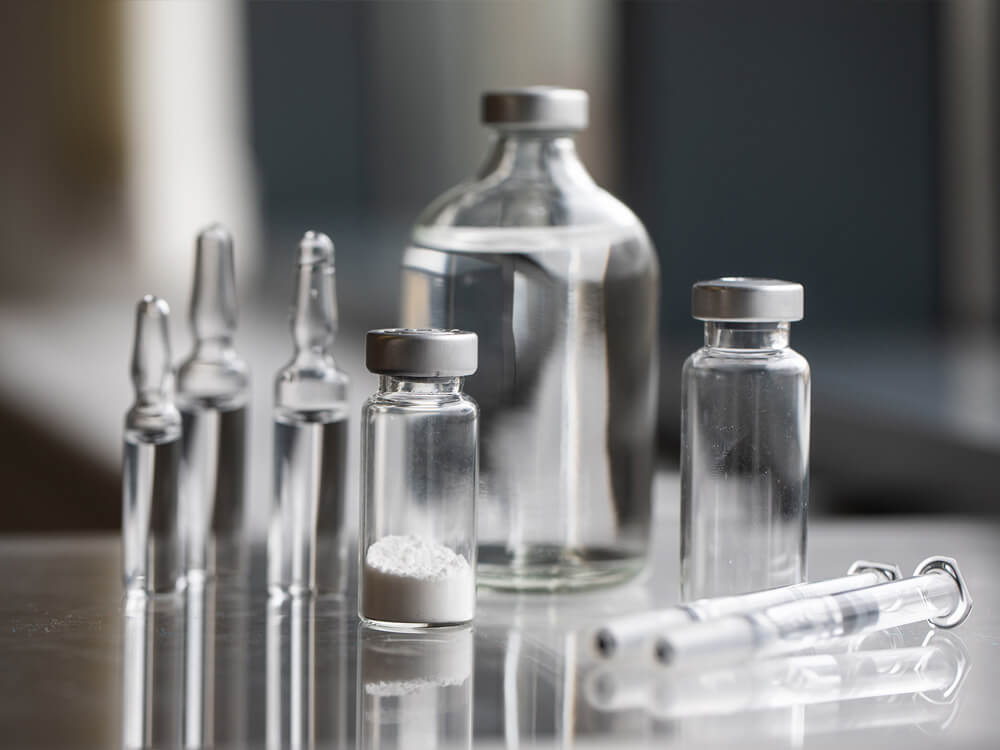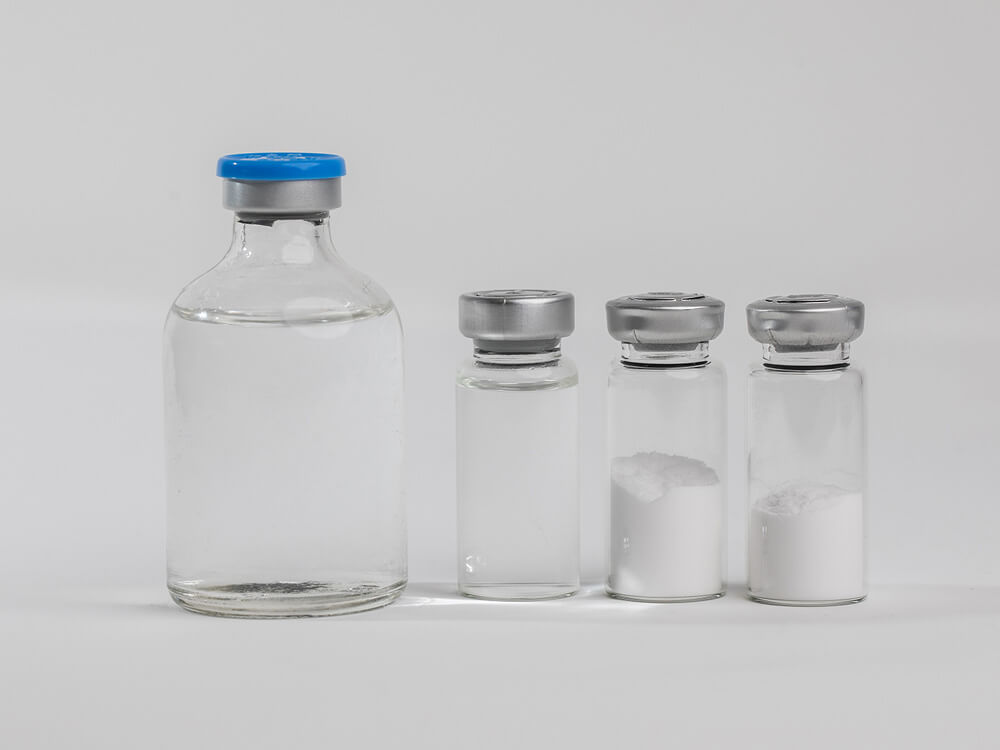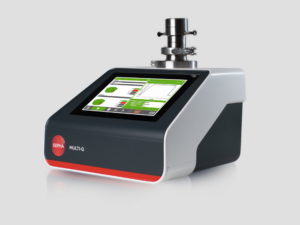Pressure Decay Leak Test
Pressure decay leak testing is a non-destructive test method to identify leaks and micron holes in plastic or glass containers that are filled with liquid or powder.

Pressure decay leak testing is a deterministic method in line with USP 1207 guidelines in which determinist test results are preferred over probabilistic results from methods including blue dye and the bubble test.

How does pressure decay leak testing work?
To conduct a pressure decay test, the container is placed in a test chamber that is pressurised to a target level.
The chamber is then allowed to stabilize, and the decay or loss of pressure is measured over a set period of time. Any change in pressure indicates air is leaking into the container being tested, indicating the presence of a leak.

What type of containers can be tested using pressure decay?
Pressure decay testing is often the method of choice for vials and ampoules that contain toxic product, oil-based liquid or lyo/powder, glucose/protein or other products that cannot be tested using vacuum decay.
Powdered and oily or viscous content can block the chamber when a vacuum is pulled, while toxic content can release toxic fumes when boiling point is reached to create a vacuum.
USP 1207
Pressure decay testing is referenced in the revised USP 1207 guidance as one of the recommended deterministic test methods that are preferred over probabilistic procedures such as the bubble test or blue bath method.
The revised chapter will be applied to vials, ampoules, syringes, and bags.
Our Products

